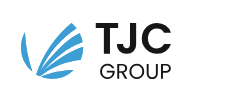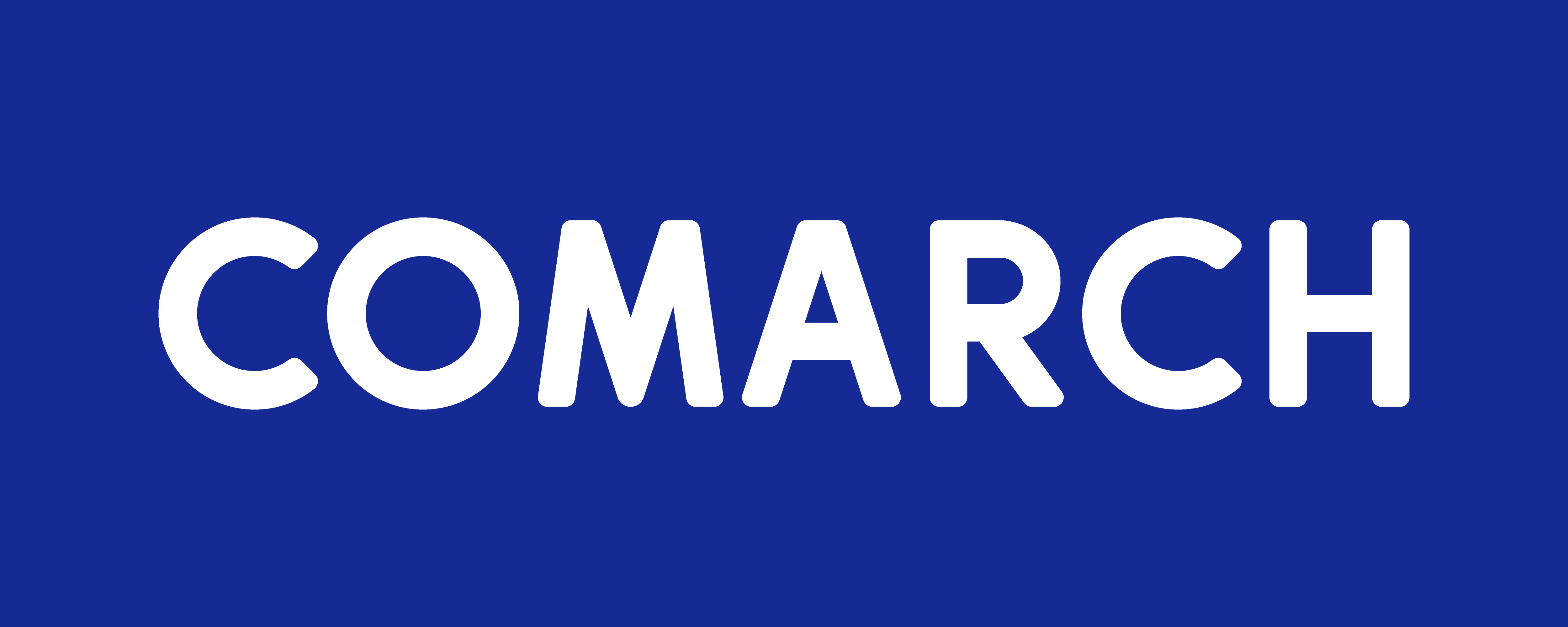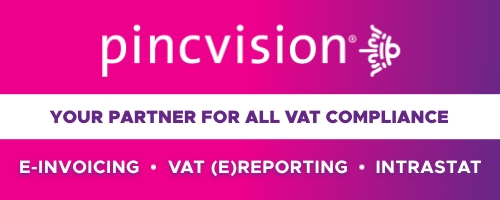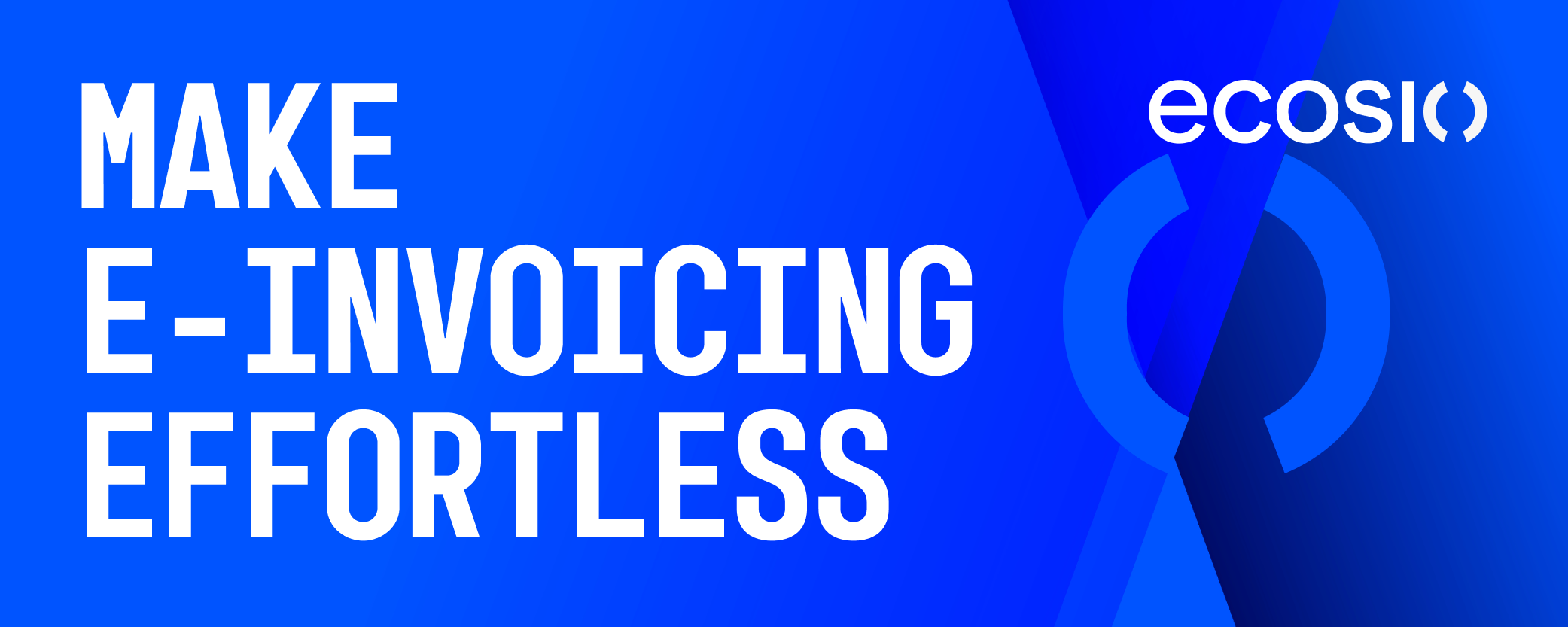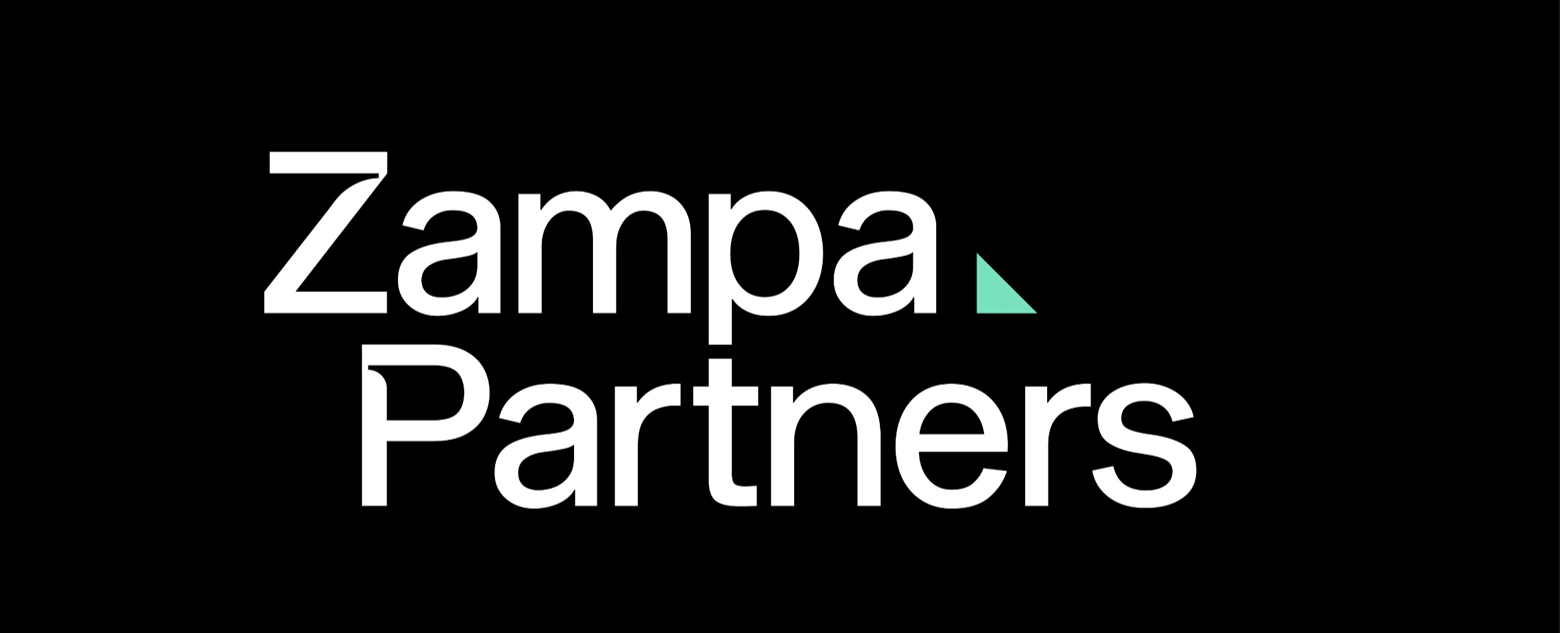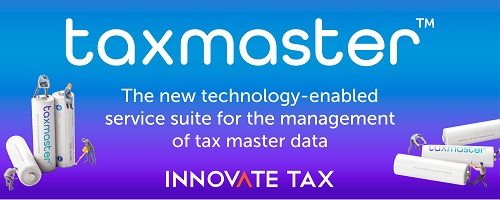As e-invoicing and e-reporting become increasingly prevalent worldwide, Continuous Transactions Control (CTC) has emerged as a critical approach for enhancing tax compliance. Governments are adopting CTC to improve data collection on business transactions, thereby strengthening their economies and reducing tax evasion.
What is Continuous Transactions Control?
CTC refers to a system where businesses must submit transactional data to tax authorities in real-time or near real-time during the issuance of invoices. This method aims to enhance transparency, reduce tax evasion, and streamline tax reporting processes by ensuring that sales and purchase data is readily accessible to authorities. CTC systems leverage digital technology for autonomous verification of transactional data, minimizing errors and discrepancies.
Advantages of CTC for E-Invoicing
CTC facilitates VAT compliance checks, effectively enhancing tax collection and reducing the VAT gap — the difference between estimated and actual VAT revenue. Countries implementing CTC have reported significant improvements in tax revenue. For instance, Brazil increased its tax revenue by approximately USD 58 billion, while Mexico and Chile saw a 50% reduction in their VAT gaps. Poland also reported a decline in its VAT gap from 25% to 10% in 2020.
Models of CTC for E-Invoicing
CTC models can be categorized based on their design and implementation, either centralized or decentralized. Here are the main models:
- Interoperability Model: Allows taxpayers to use various service providers to exchange e-invoices, leading to open networks and business automation.
- Real-Time Invoice Reporting (RTIR): Implemented in countries like Hungary and South Korea, this model requires suppliers to report certain invoice data to tax authorities in real-time after sending the invoice to the buyer.
- Clearance Model: Popular in Latin America (e.g., Mexico, Chile), this model mandates that invoices receive prior validation or authorization from tax authorities before being sent to recipients. Variations include:
-
- Pre-Clearance: Invoices must be cleared before sending to the buyer.
- Post-Clearance: Invoices can be sent to the buyer before clearance.
- Centralized Exchange: In this model, e-invoices are exchanged through a government-established central platform. Countries like France, Belgium, and Italy have implemented this model to facilitate B2G transactions.
- Decentralized CTC and Exchange (DCTCE): This model allows suppliers to send invoices directly to buyers while simultaneously reporting data to tax authorities.
- PEPPOL CTC: An advanced version of the interoperability model, using PEPPOL Access Points for transactional data reporting to tax authorities, facilitating automation for businesses.
- Hybrid Model: Combines elements of decentralized and centralized systems. Spain is exploring this model, while France has implemented a hybrid approach utilizing the PEPPOL network for interoperability.
Conclusion
The adoption of CTC for e-invoicing represents a significant shift toward digital transformation in tax processes and financial transparency. As more countries implement these models, businesses engaged in international operations must understand and comply with CTC requirements to navigate the evolving landscape of e-invoicing effectively. The integration of solutions like SAP Document Reporting and Compliance can assist organizations in managing these requirements efficiently.
Source TJC Group
Click on the logo to visit the website



